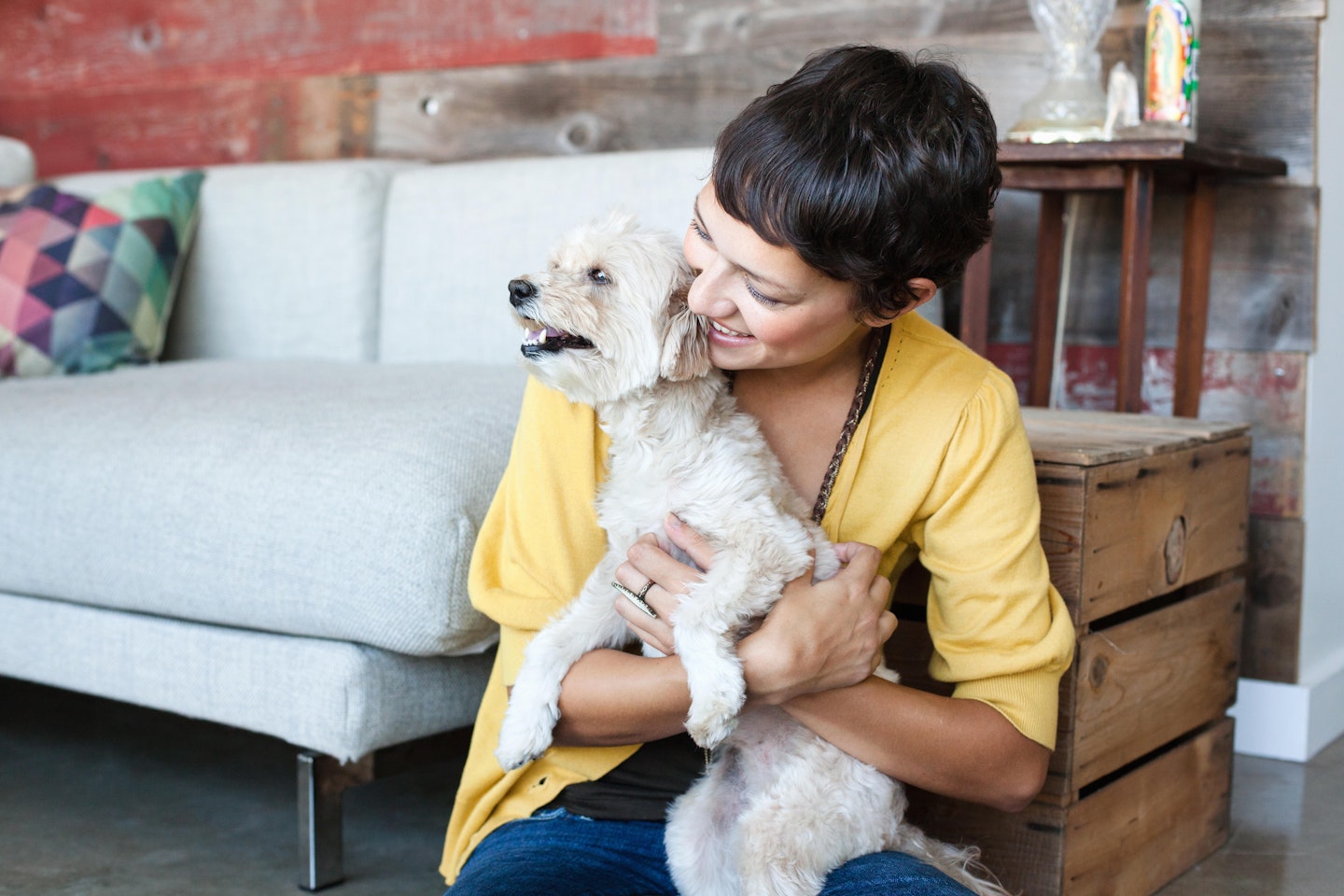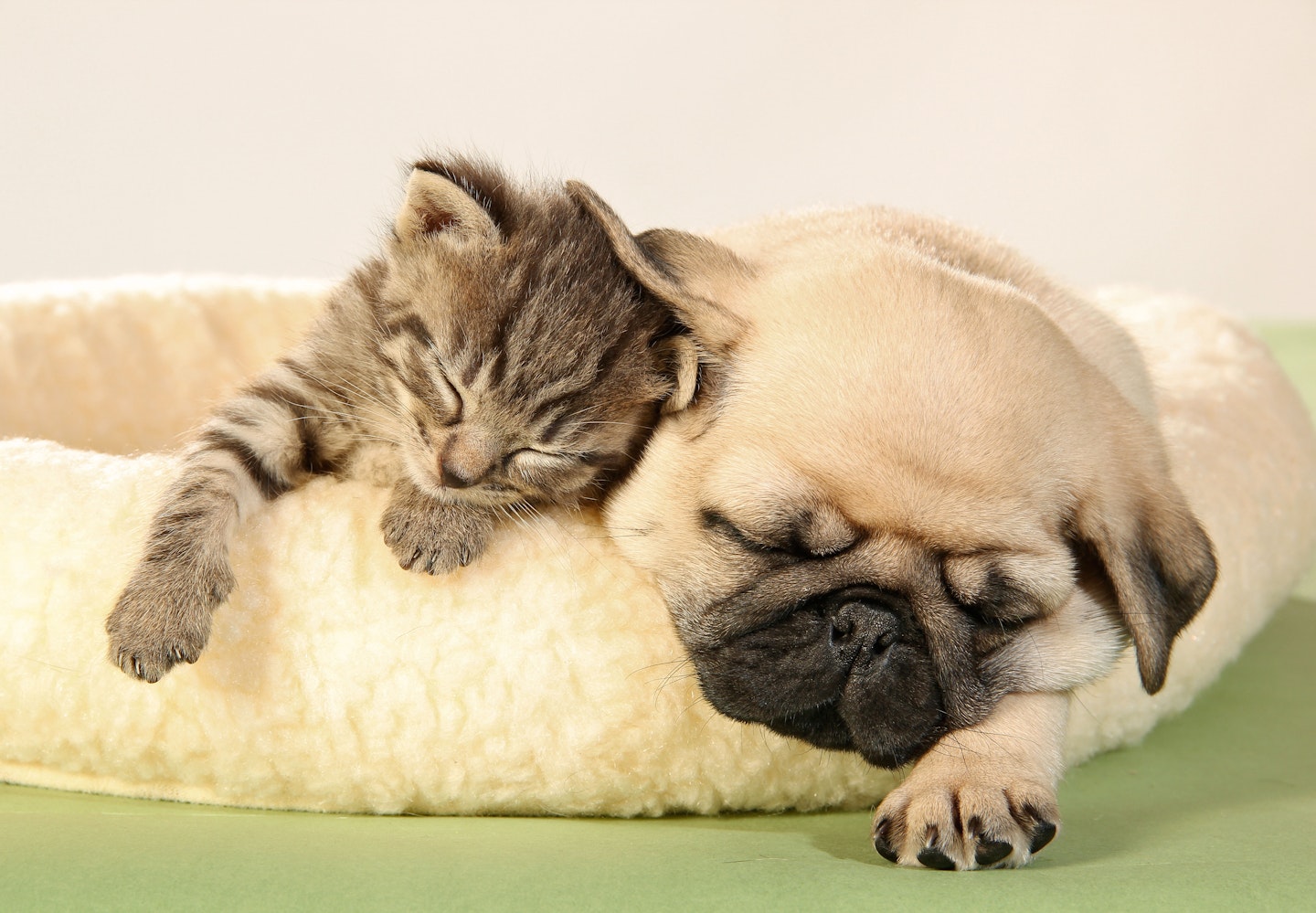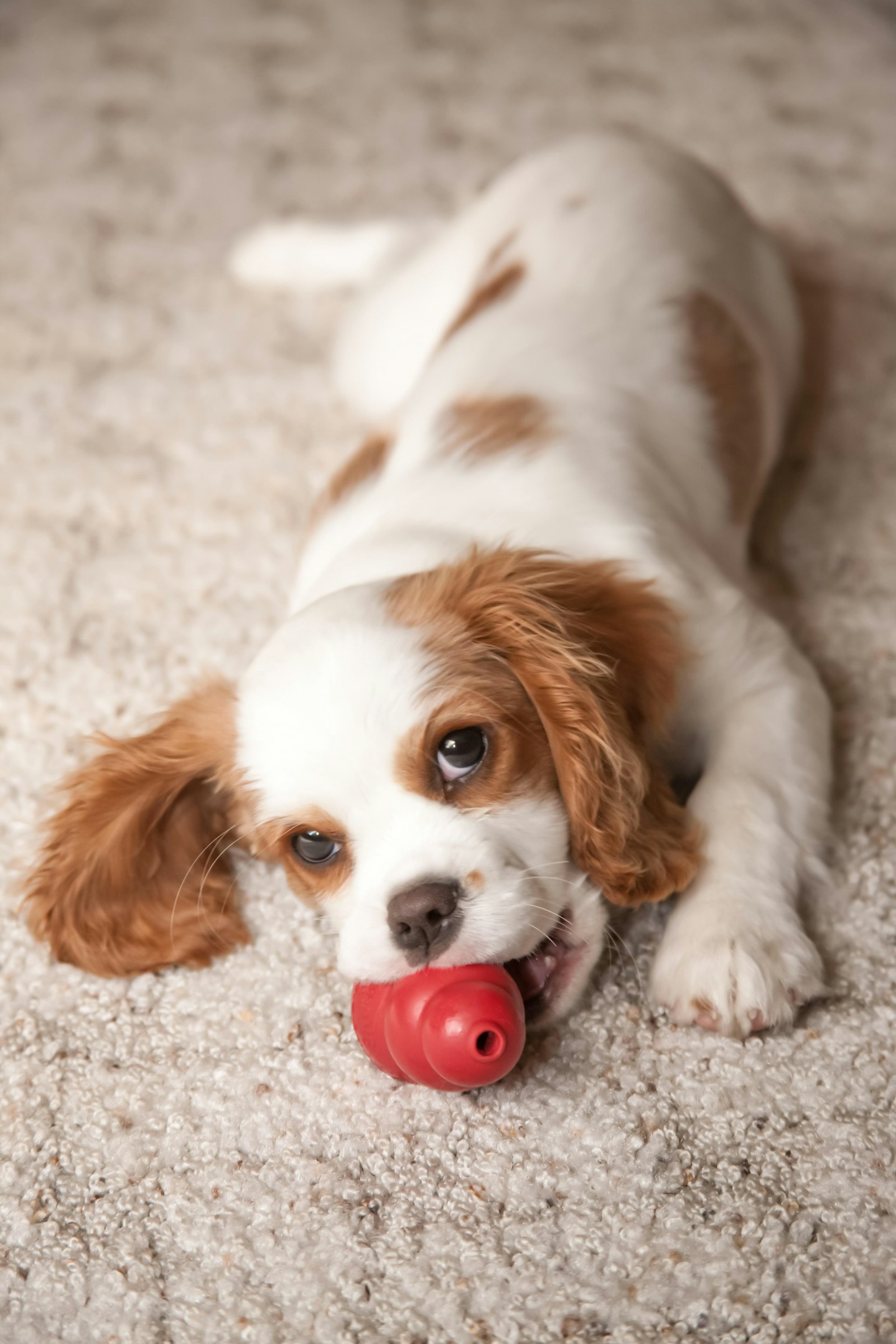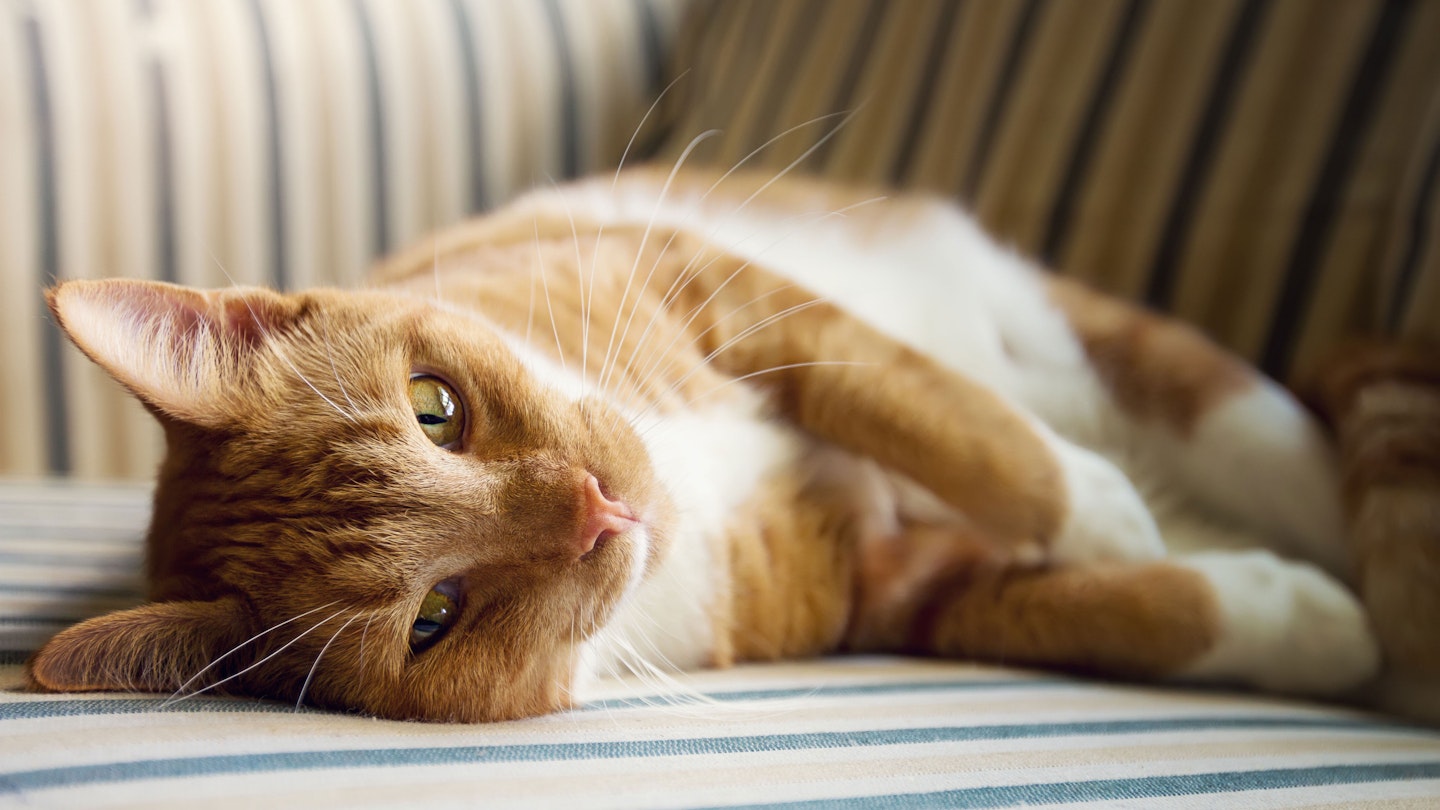Coronavirus has had an impact on every area of our lives so it's no wonder that pet owners are also wondering what the implications are for their four-legged friends.
There have been several reports of dogs and even tigers testing positive for the virus overseas as well as confusion over a suggestion made by vets that people should keep cats indoors to stop the spread of COVID-19.
First UK case of Coronavirus in pet dog confirmed
A vet has confirmed that a pet dog has tested positive for COVID-19. It's the first case of its kind in the UK, and it's believed the dog caught the virus from its owners.
The UK Health Security Agency (UKHSA) have said that cases like this are extremely rare, and there is no strong evidence to suggest that dogs, cats or other pets are passing on the virus to humans.
To be on the safe side, it's a good idea to wash your hands if you've been stroking a pet, and regularly wash your hands if you're working with animals on a daily basis, as animal fur can act as a carrier for the virus for short periods of time.
If you're concerned about your pet and need some extra support and advice, speak to your vet who'll be able to advise you further.
So what's the truth? Can our pets really catch or transmit coronavirus?
There is still no evidence that dogs or cats can pass the disease onto humans. However, the advice from the World Health Organisation has changed this week changed. On their website they now say:
We are aware of instances of animals and pets of COVID-19 patients being infected with the disease;
As the intergovernmental body responsible for improving animal health worldwide, the World Organisation for Animal Health (OIE) has been developing technical guidance on specialised topics related to animal health, dedicated to veterinary services and technical experts (including on testing and quarantine);
There is a possibility for some animals to become infected through close contact with infected humans. Further evidence is needed to understand if animals and pets can spread the disease;
Based on current evidence, human to human transmission remains the main driver;
It is still too early to say whether cats could be the intermediate host in the transmission of the COVID-19.
Previous news headlines
Last year, news headlines had pet owners in a panic when they said that vets recommended cat owners keep their pets indoors to help prevent the spread of the coronavirus.
Since that news broke, the British Veterinary Association (BVA) have clarified that their advice applies only for people who have coronavirus symptoms, or who are self-isolating—and only then when it is practical to keep the animal indoors.

The British Veterinary Association added "owners should not worry" about risk of infection from pets. "There isn't a single case of a pet dog or cat infecting a human with Covid-19," Dr Angel Almendros, from City University in Hong Kong, told BBC News, adding that it seems pets who did test positive for the disease did not become sick or have the capacity to pass it onto a human.
He says "Treat pets like other people in your household. So if you're feeling sick, it's better not to interact with them."

However, the BVA did recommend that all pet-owners practice good hygiene, washing hands after touching their pet and always before eating, preparing food or touching their face. This is because it's thought if someone with coronavirus touched the animal's fur this could stay there for a time and potentially pass on to someone else who then touches the pet's fur later. However this level of risk is the same as shopping delivered to your door or post through your letterbox.
Boredom busters for dogs if you're isolating
With only one permitted walk per day under the government guidelines - and none at all if you're self-isolating - along with the big change in routine some dogs may start to get a bit fidgety and bored during this time. So here's 10 ideas from dog-friendly holiday company and lifestyle destination PetsPyjamas to keep them stimulated, entertained and happy while we're in lockdown:
- Play tug of war - There’s nothing like a good game of tug and war to drain the batteries of an energetic dog. By setting aside five minutes or so, every couple of hours to play a quick game of tug, a pooch will be kept stimulated, both physically and mentally. Whether it’s a bit of rope, a toy, or old socks, a dog will do its best to yank it from human clutches!
- Play nose games - Hide treats around the house/garden and send a curious canine on a search and sniff mission. It's at the owners discretion as to how to many treats to hide but make it hard enough and a dog could be snooping around for hours. An easier and quicker way to peak a dog’s interest is a simple game of ‘which hand is it’. Either way, nose games can be super fun and mentally stimulating for a pup.
- Interactive dog toys - Toys such as Kong Wobblers or other food dispenser toys are great for keeping dogs occupied. A persistent pooch won’t stop until they get their treat, so there’s no chance of them getting bored. The peanut butter ones are a Fido fave!

- Doggy puzzles are a brilliant way to burn some of your pooch’s mental energy. Treat puzzles like the Dog Brick and Dog Tornado by Nina Ottosson are sure to keep your dog busy. Certain breeds, such as sheepdogs, hunting dogs and herding dogs tend to have a problem-solving mindset, so puzzles can be incredibly satisfying for them!
- Build a digging box – Dogs love to dig but to preserve the state of the garden, it might be a good idea to build their very own digging box. There are various examples of these on Pinterest, but all that is basically needed is four wooden sleepers, some sand/soil, and a digging doggie. Bury their favourite toys or treats in this mini pooch playground, and a canine will be entertained for hours.
- Tricks & training - They say you can’t teach an old dog new tricks, but actually, it’s never too late to teach a dog something new. In fact, older dogs can sometimes be easier to train than pups, purely because they are able to concentrate for longer. Whether a pooch is a puppy or an adult, teaching them a new trick or training their impulse control is a great way to keep their brain ticking over. Aside from basic obedience commands such as ‘sit’, ‘lay’, ‘stay’ and ‘come’, there are various other commands to teach a dog to improve their discipline.
- Indoor fetch – A game of indoor fetch (if played carefully) can actually be a fantastic way to keep a hound mentally and physically active. Find an area of the home that is safe to play - an empty hallway or large space can be good. Get a ball or their favourite toy and throw it for a pooch to fetch and return to you. Switch it up to other areas of the house and be creative! Play this for 5 or 10 minutes every few hours for a worn-out doggie!
- Chew Chew! - Most dogs love to chew, and although they’ll chew on pretty much anything that fits in their mouth, there are a load of brilliant chew toys out there that will keep a dog occupied for hours on end. From bacon infused bones to bouncy balls and of course, the classic Kong, there’s a huge range of super yummy and durable toys that your pooch will absolutely love to chew.
- Walkies – With current restrictions on how far owners are allowed to go with their dogs and only one outing for exercise permitted each day, the daily dog walk could easily become a bit groundhog day! Dogs love to snoop out their surroundings and find new things, so wherever possible and in a way that allows sufficient social distancing, switch things up with a new path or trail to make the experience more interesting for a four-legged friend.
- Petflix ‘n’ Chill - There is actually such a thing called DogTV, a TV channel scientifically developed to entertain and relax a dog! Accessible through the DogTV app, Apple TV, Fire TV and iOS/Android, the channel plays “special content created to meet specific attributes of a dog’s sense of vision and hearing, supporting their natural behaviour patterns.” It’s like Cbeebies for canines!
